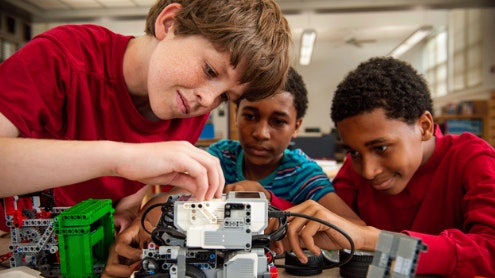Homepage
•
Learning Library
•
Blog
•
Create a School Makerspace in 3 Simple Steps
Expand breadcrumbs
Expand breadcrumbs
- Learning Library
- Blog
- Create a School Makerspace in 3 Simple Steps
- Homepage
- •
- Learning Library
- •
- Blog
- •
- Create a School Makerspace in 3 Simple Steps
Create a School Makerspace in 3 Simple Steps
By Nicole Krueger
May 9, 2022








